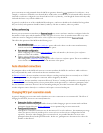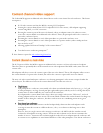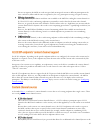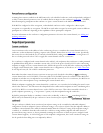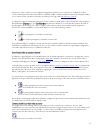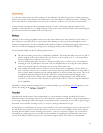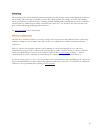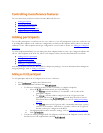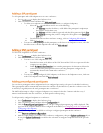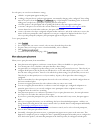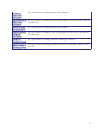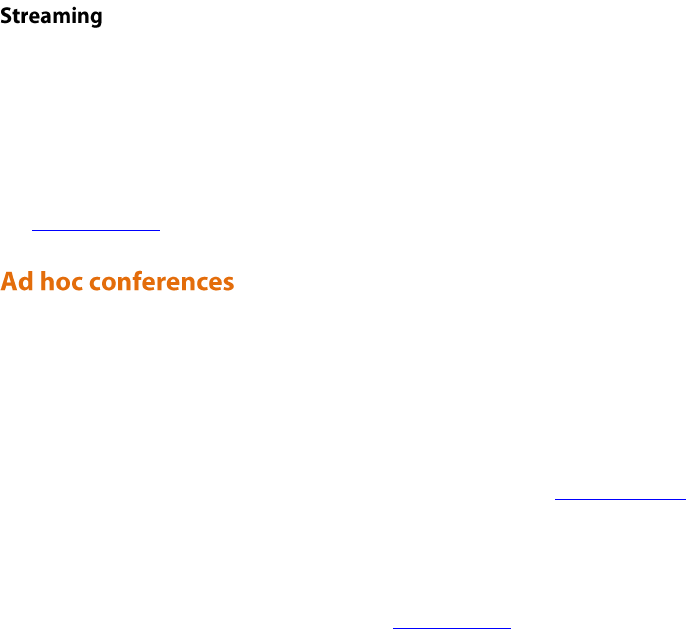
48
The streaming of the content channel is performed using the port allocated for content rather than the port allocated
for streaming. This means that it is possible to stream the content channel (for example, to use the video markup
feature) for conferences which do not have streaming enabled. Enabling both streaming and content for a conference
will mean that two additional ports will be required for that conference, over and above the video and audio-only
ports used by endpoints participating in that conference.
See port reservation for more information.
All of the above-mentioned features, for instance content video streams between the MCU and video conferencing
endpoints, markup of content channel video and text chat, are available for use with both scheduled and ad hoc
conferences.
However, whereas for scheduled conferences the availability of content is determined by a per-conference
configuration setting, for ad hoc conferences it is only possible to enable or disable content on a device-wide basis.
This is accomplished via the Content for ad hoc conferences option on the Content settings web page — if this is
"Enabled" then any ad hoc conference on the MCU may use content; if "Disabled" then none may do so.
In software versions prior to 1.4(1), it was not possible to use content channel features (including the H.239 protocol
between the MCU and H.323 video conferencing endpoints) with ad hoc conferences. It remains the case that ad hoc
conferences are not permitted when operating in reserved mode.



